Do the Basics & Have a Vision
 This page describes possiblities beyond the basics of repair and maintain. The city has already approved budget for resurfacing streets for 2025.
This page describes possiblities beyond the basics of repair and maintain. The city has already approved budget for resurfacing streets for 2025.
I have not examined any plans for this, so I can’t weigh-in whether the budgeted amount is sufficient or not.
Regardless though, the basics must be addressed. There are streets in need of repair and maintenance—some long overdue.
I am not suggesting that ideas presented here should have precidence over getting the basics right. I am suggesting a big-picture vision of how to improve “getting around” Sallisaw is needed. This page represents some of my thoughts.
Connect & Flow
Sallisaw’s Street, Transit, & Citizen Mobility Plan (Ideas)
Presently, our city is awkwardly connected. I envision improving traffic’s ease of movement throughout the city. The ideas use existing infrastructure in an improved way. Stage one is “Connect.” Stage two is “Flow.” These ideas would improve traffic travel time, convenience, and safety, improving the city’s attractiveness to businesses, visitors, and residents (Figure 1).
- Three pinch points occur at the I-40 west exit, the intersection of Cherokee and Maple, and at and near the railroad bridge in the lower right of this illustration.
- The absence of sidewalks, curbs, and crossings are remnants of an older city design.
- Large truck traffic loads exacerbate flow.
- Railroad tracks physically separate sections of the city, emphasizing artificial social boundaries.
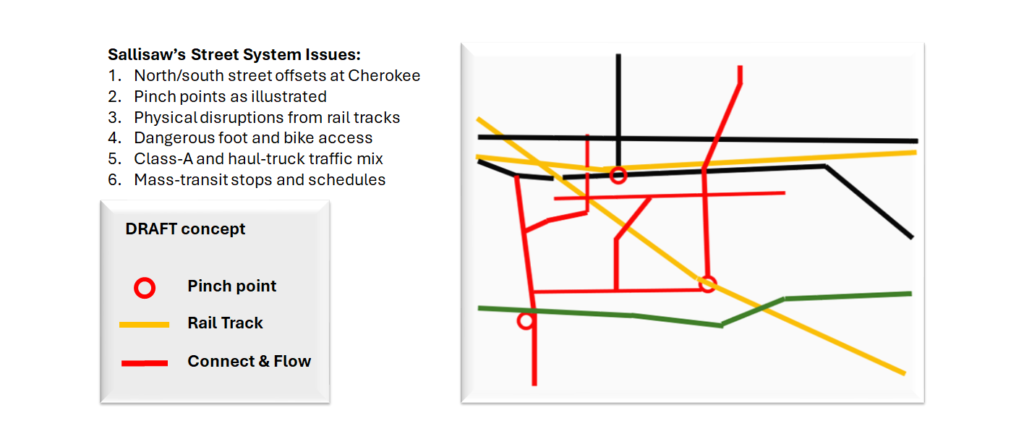
Mass Transit
I imagine Sallisaw with clear signs of economic development and industry diversification, increasing job opportunities, and new businesses in several industry sectors. I envision ongoing efforts to improve infrastructure, such as streets, utilities, public spaces, and public recreation attractions.
As a possiblity, the Kibois Area Transit System (KAT) could make standard route runs—similar to Stigler. Standard routes, in addition to Uber-like services, could better connect housing areas to key stops, work sites, and destination points. Several population groups could benefit from such a service (e.g., non-drivers, older-persons, and friendship circles), Parking congestion could decrease in the city center, increase attendance for key events, and enhance visitor mobility.
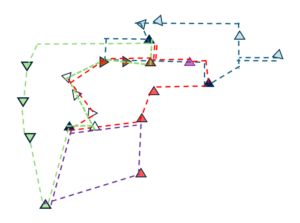 Examples include connecting dense housing areas and apartment complexes to employment. Regular routes could stop at weather-projected benches. Transfer hubs at the library, Post Office, Ruth Street Retail, and V.A. facility could provide efficient mass transit citywide.
Examples include connecting dense housing areas and apartment complexes to employment. Regular routes could stop at weather-projected benches. Transfer hubs at the library, Post Office, Ruth Street Retail, and V.A. facility could provide efficient mass transit citywide.
This diagram shows four bus routes. The center red route shares hub stops with each of the other three. The outer three routes also share hubs with each other.
A business case would need to be created and critiqued to validate the idea. There are many details that would require planning. Community input, identifying phases, and well-structured planning would need to follow. Budget permitting and other factors, the construction would require exceptional project management.
Engaged City & Community
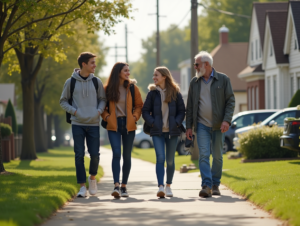
Imagine a strong sense of citizen engagement for those wanting engagement but also providing for others, such as visitors and traveling professionals. Together, we can encourage active participation from residents of all age groups.
We can enlist local organizations and draw from government agencies to host civic activities such as city-wide and smaller community events.
We can leverage our traditions into a renewed, elevated sense of unity and pride. Sallisaw already has a variety of traditions ranging from school sports, rodeos, parades, and holiday traditions. These are a strength we can build from.
Education & Skills

Our city can emphasize convenient access to quality education, including robust K-12 schools and higher education institutions (CASC and ICTC) supporting the commitment to nurturing a skilled and knowledgeable workforce.
Our city’s career and college systems already provide a wealth of skills development and business-aligned courses. However, ICTC and CASC offer services and learning experiences that the city can partner with in new ways. For example, ICTC has a partnership with OK APEX Accelerators. Especially with the VA facility, emerging small businesses may be able to leverage this into various government contracts.
Both campuses have facilities that could be used for various community events. Presently, these are under-utilized (in my opinion).
Efficiency & Prudence
With commercial clients, I have helped to (i) reduce costs with “quick hits” and (ii) fund larger efforts with the savings. Ideas for cost savings could yield powerful results, especially with the help of city staff.
While I do not know, it is reasonable to set a goal of decreasing spending by 2–5%. These savings (about two million dollars) could be used as a ” carryover” to the next fiscal year to match various grants–especially infrastructure grants—without the need to raise more revenue.
I imagine Sallisaw’s city government providing equal or better services with efficiency and prudence. All organizations (private and public) have opportunities to streamline processes and share common resources among departments.
Most organizations have opportunities to decrease overall costs through several concurrent strategies. Sallisaw is similar in this regard. By considering leading practices from private and commercial enterprises and government entities, Sallisaw can benefit from a refreshed way of “doing things.”
In commercial settings with clients, I typically recommend addressing easy-to-implement, high impact cost reduction opportunities:
Browse examples: 1, 3, 5, 8, 9, 20, 21, 22, 23, 24, 25, 26, 29, 31, 34, 35, 36, and 38).
Savings can be used (invested) in higher-cost opportunities without borrowing or funding the initiatives from new sources.
While I have yet to learn the various cost savings opportunities, they are frequently found through a problem-solving approach known as ‘lean six sigma‘. This method focuses on finding ways to decrease the time it takes to perform work, reduce or eliminate waste, or improve consistency and accuracy for less rework.
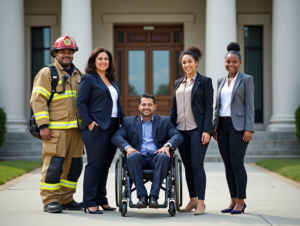
Save Cost (Specific Examples I Have Used)
- #1 Ask the workers for their ideas
- Document processes to identify improvement areas
- Skill-up existing staff or hire the right staff for productivity
- Redesign administrative work to decrease time to complete
- Co-locate selected resources for better hand-offs
- Reduce or eliminate waste in material usage
- Improve consistency of task through standard procedures
- Redesign workflow to reduce errors
Getting There
To achieve a brighter future for this City, we must acknowledge that change almost always involves winners and losers. Even when everyone wins, some people win more than others. I call this Provocative Change because it can trigger various emotions, such as resistance, satisfaction, outrage, excitement, optimism, hope, and defiance.
Even if everyone in the City of Sallisaw could agree on a vision for the future, getting to that vision would be too slow for some and fast for others. The question of “how” to get something done becomes a question. Almost always, there is more than one way to solve a problem or achieve a goal.
Change management demands a high level of communication, discussion, constructive conflict resolution, decisive action, and, most importantly, the ability to learn from our missteps.
So, how can we get “there” wherever “there” might be?
- Start with the basics.
- Ensure the right people are in place.
- Use transparent and objective decision-making.
- Communicate effectively.
- Act with common sense and purpose.
- Implement exceptional project management.
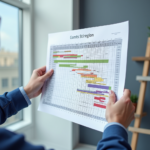
- Listen to the people who are directly involved in the work.
- Foster teaching, mentoring, learning, and innovation.
- Embrace best practices from both business and government.
- Practice tolerance and celebrate successful outcomes.
John Honeycutt, Sallisaw City Manager Applicant.